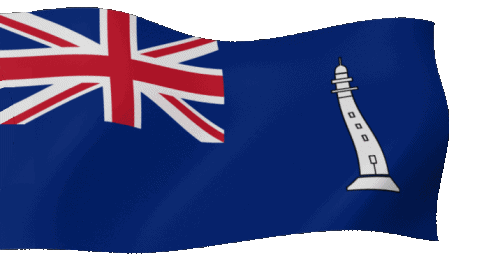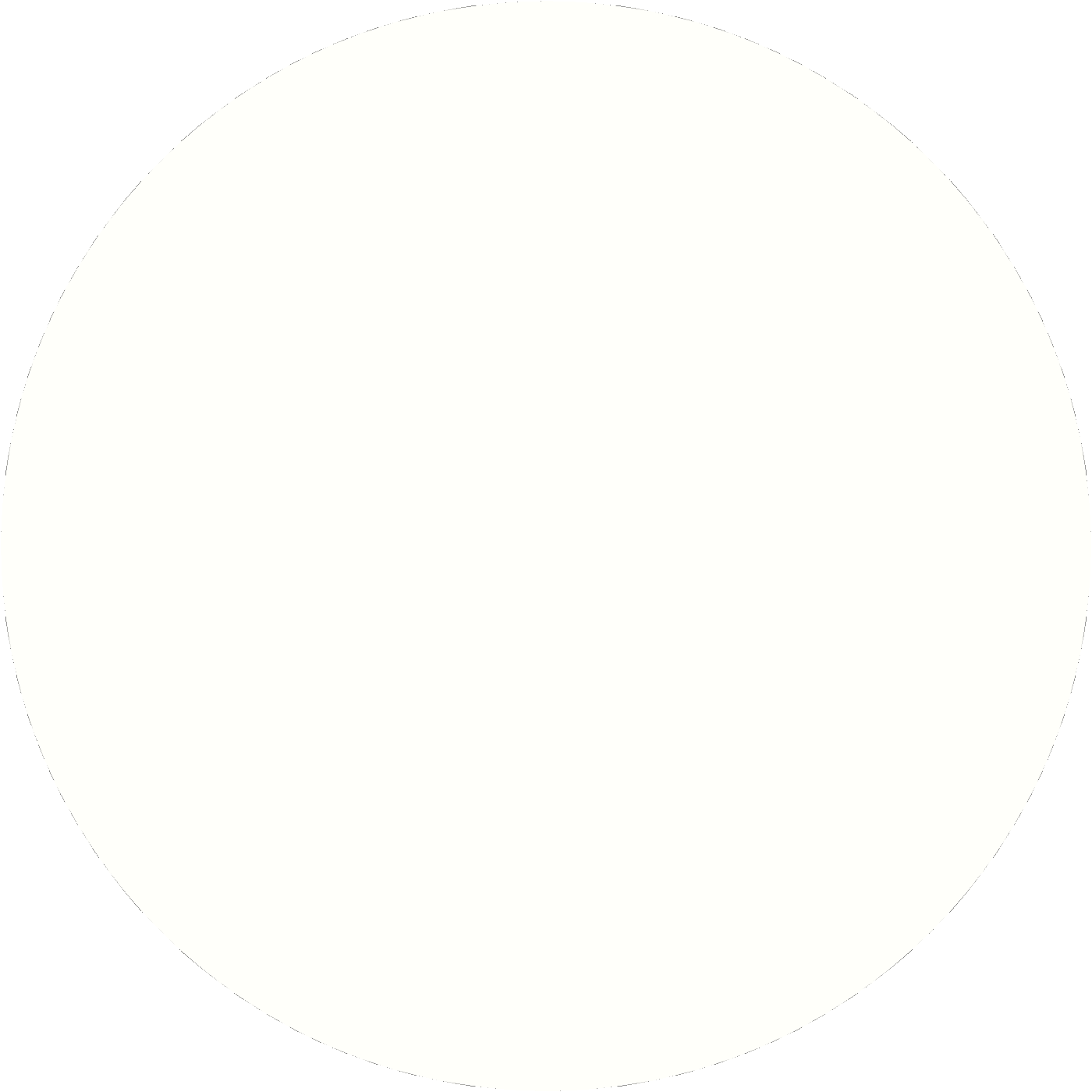
East Coast

In Salutem Omnium
For the Safety of All




Under Construction
Place of the lighthouse
The Lighthouse
Description Robert Stevenson, 1830. Rebuilt 1892. Tall circular tower on semi-circular base, with triangular paned lantern with domed roof. Corbelled parapet. All painted tooled ashlar, with painted broached dressings; contrasting painted margins and banding to tower. Pair flat roofed, single storey semi-detached keepers' cottages, each 4 bays. Harled, with contrasting painted window cills, base course and parapet. Paired centre windows, flanked by slightly projecting corniced entrance bays. Slightly lower, single bay stores, also with flat roofs, set back at east and west gables. All with low parapet with painted detailing to imitate crenellation. Some 12-pane glazing survives. Site enclosed by white washed rubble wall and rounded dressed stone coping. Statement of Special Interest Built (1830) cost of $9361. James Smith Contractor. Double red painted band for recognition. Tarbat Ness Lighthouse, on the peninsula between the Firths of Dornoch and Moray, is the tallest lighthouse on the Scottish mainland at 41.1m. Its white tower is painted with two red bands. Renowned lighthouse engineer Robert Stevenson is responsible for Tarbat Ness Lighthouse. The station was the first coastal lighthouse to have flashing lights. Now automated, it is still operational, though the keepers' cottages are privately owned. The site, a farmland peninsula in the Moray Firth, was once home to a Roman fort. Applications were made for lighthouses at Tarbat Ness and/or Covesea Skerries (NJ203712) near Lossiemouth, following the loss of 16 vessels in the Moray Firth during a storm in November 1826. A light at Tarbat Ness was commissioned, designed by Robert Stevenson (1772-1850). Covesea Skerries had to wait until 1846 for its lighthouse. At 41.1m, the lighthouse tower at Tarbat Ness is the third tallest in Scotland — only North Ronaldsay and Skerryvore are taller. The lantern of Tarbat Ness is 53m above sea level and is reached via 203 steps. The circular stone tower has a corbelled parapet and adjoining single-storey flat-roofed keepers’ cottages. The station cost £19,656 to construct and its light first shone on 26th January 1830. The light had opaque cylindrical shades that moved up and down in front of a four-burner Argand paraffin lamp to produce an intermittent (occulting) light. Tarbat Ness Lighthouse has sometimes experienced earthquake shocks, one strong enough to shake the light shades and rattle the lamp glasses. The structure was rebuilt in 1892, with a new optic designed by David Alan Stevenson (1854-1938), Robert Stevenson’s grandson. The new light had an incandescent pressurised lamp with 55mm mantles and a Fresnel-type lens. The lighthouse's white-painted tower had its two horizontal red bands added in 1915. It was automated in 1985, when the lamp was replaced by an electric one that gives four white flashes every 30 seconds and can be seen for 44.4km. The 1892 lens and lamp are now on display in the National Maritime Museum, Greenwich. The Northern Lighthouse Board (established 1786) is responsible for lighthouses around the coast of Scotland and the Isle of Man, including Tarbat Ness Lighthouse. It has been a Category A listed building since March 1971, and now has a Radar Beacon (radar beacon) transponder. Contractor: James Smith, Inverness The Tarbat Ness Lighthouse is located at the North West tip of the Tarbat Ness peninsula near the fishing village of Portmahomack on the east coast of Scotland. It was built in 1830 by Robert Stevenson and has an elevation of 53 meters and 203 steps to the top of the tower.The loss of sixteen vessels in the Moray Firth storm in November 1826 brought many applications for lights on Tarbat Ness or Covesea Skerries, and the former was given priority as it had been named in 1814, and was regarded by the Caledonian Canal Commissioners as important to that undertaking.
Tarbat Ness Lighthouse was engineered by Robert Stevenson and the light was first exhibited on 26 January 1830. James Smith of Inverness was the contractor responsible for the building of the lighthouse which cost £9,361. The lighthouse tower is the third tallest in Scotland behind North Ronaldsay and Skerryvore and is notable for having two distinguishing broad red bands.
Bela Bathurst 1999 'The lighthouse Stevensons' refers to a rescue made by the principal keeper William Davidson of 4 of the 5 crew members of a Norwegian schooner. No date given for this. She mentions this in the context that Robert Stevenson required keepers to stay with the light and not risk rescuing vesselwrecked people. It seems that even with the light vessels could still be driven ashore. She accessed the full entries of logs and diaries available at the Northern Lights Board.

The navigation light was an Argand Paraffin Lamp with 4 burner until 1907 when it was changed to an incandescent pressurised lamp with 55mm mantles. The lightroom machine in use at the present time was installed in 1892 and remained in use until the automation in 1985. The lens and machine are now on show in the National Maritime Museum, Greenwich.
Earthquake shocks were sometimes reported and Tarbat Ness once shook so that the shades and lamp glasses rattled.

Most of the Tarbat Ness peninsula is farmland, but it remains an attractive amenity area, and an asset of East Ross. It has geological and ornithological significance. The geological interest lies chiefly within the foreshore stretch between Rockfield and the lighthouse, especially east of Wilkhaven Farm. The sedimentary structures in the Upper Old Red Sandstone, intertidal weathering in calciferous rock and deeply weathered rock are well displayed here. There are also Jurassic outliers on the shore. Oyster plants and other interesting coastal plants occur. Tarbat Ness is the stopping-off point for migratory birds during the autumn migration.
It is of special interest for the observation of seabird passage through the Moray Firth, and Manx and Sooty shearwaters, great arctic and pomarine skuas as well as other seabirds may be seen. There are also considerable falls of Scandinavian migrants, including redwing, meadow pipit and wheatear.
According to Highland folklore the site of the lighthouse was used as a meeting place for witches covens and prior to that it used to be a Roman Fort.
It should be noted that at some sites the Northern Lighthouse Board have sold some redundant buildings within the lighthouse complex and are not responsible for the maintenance of these building.
arbat Ness Lighthouse is Scotland’s third tallest lighthouse, at 130ft high, with 203 steps to the top. As far back as 1814, the location was noted as an important place to mark the Caledonian Canal. This led from the Beauly Firth in Inverness to Loch Linnhe. Sailing vessels had a more sheltered passage, avoiding the Pentland Firth and Cape Wrath. Applications for a lighthouse at Tarbat Ness were made following a storm in November 1826 when sixteen vessels were lost. Tarbat Ness Lighthouse In 1828 David Stevenson accompanied his father Robert (the Lighthouse Board Engineer) on their Annual Inspection Voyage. At Tarbat Ness, there was “an evening scene of boats collecting from the surrounding ports of Dornoch, Tain, Portmahomack, Cromarty, Findhorn etc, to the extent of 500 and upwards in Helmsdale Bay. The sight of this fishing fleet was truly grand – conveying the idea of wealth and industry of great importance to the country…” The lighthouse was first lit on 26th January 1830 using Argand lamps and reflectors. A prismatic optic was installed in 1892 with a paraffin vapour burner as the light source. In 1907 a more efficient incandescent oil burner was installed. The optic was removed during automation in 1985 and is now on display at the National Maritime Museum in Greenwich. Tarbat Ness The sealed beam units that replaced the optic at Tarbat Ness The distinctive two red bands painted on the tower were added in 1915. These were added to make it more conspicuous during daylight hours. In 1883 William Davidson, Principal Keeper at Tarbat Ness was awarded the Royal Humane Society bronze medal for saving life at sea. He had come to the aid of four men from a Norwegian schooner wrecked at Wilkhaven nearby. It is reported that a Roman Fort used to be located at Tarbat Ness. The site was also used as a meeting place for witches covens, according to local folklore. Tarbat Ness Lighthouse Established: 1830 Height of tower: 13ft -= xx metres Character: Fl W (4) 30 s Elevation: 53 metres Range: 18 miles Automated: 1985 Engineer: Robert StevensonTarbat Ness
A3506![]()
Character: Fl(4) W 30s 53m 18M
(3x fl. 0.7s - ec. 2.1s, fl. 0.7s - ec. 20.9s.)



| Engineer | : Robert Stevenson (1772-1850) |
| Lat, Lon | : 57°51.906' N, 003°46.590' W |
| Established | : January 26, 1830 |
| Character | : Flashing(4) White every 30 secs. |
| Range | : 18 NM ~ 33.3 km |
| Elevation | : 53 meters above sealevel |
| Tower | : 41 meters, 203 steps to the top. |
| Init. Costs | : £ ?. |
| Econ. Costs* | : £ ?. |
| *) According to: MeasuringWorth.com | |
| Automated | : March 31, 1985 |
| Last Keepers | : J. Clark - PLK |
| : ? - ALK | |
| : ? - ALK | |
| Fog horn | : ? |
| RACON | : T(--) 14M |
| Status | : Operationel |
| Authority | : Northern Lighthouse Board |
| Remarks | : Cat.A - LB14100 - 25/03/1971 |



| References: | |
|---|---|
| xxxxx | - xxxxx |